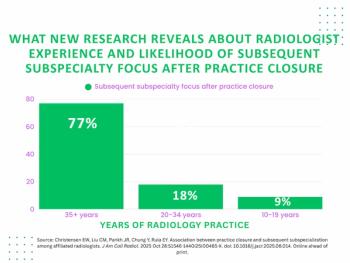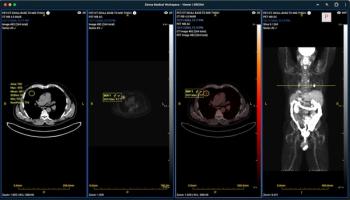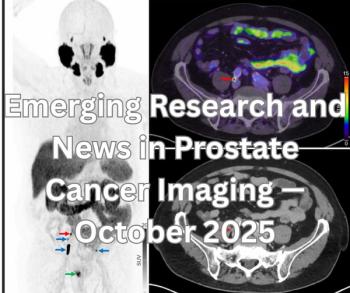
Watchful Waiting with Meaningful Use in Radiology?
Waiting to jump head-first into the federal government’s meaningful use program? That might not be a bad idea, David Avrin, MD, said at SIIM.
Are you waiting to jump head-first into the federal government's
Arvin advocated a strategy of "watchful waiting vs. making a square peg fit in a round hole," he said, speaking Friday at the annual meeting of SIIM 2013.
The meaningful use program for electronic health records was developed with primary care, family, and OB/GYN physicians in mind – not radiologists and other specialties. Therefore, Avrin explained, it doesn't quite for radiologists needs for the technology. It's especially hard for smaller, private practice radiologists, which represent the majority in the industry, as opposed to hospital-based departments.
"It isn't about imaging," he said of the program, noting meaningful use is more focused on the 750,000 internal and family practice docs in the country. And it's not about tailoring the program to fit different specialties.
This is in stark contrast of a "make it work" attitude taken by Arvin's colleague and well-known meaningful use expert Keith Dreyer, DO, PhD, FACR, FSIIM, of Massachusetts General Hospital. Dreyer has long said that a vast majority of radiologists quality for the program, and that it is
However, Avrin said, instead radiologists should support their industry organization efforts to get the federal government to make it relevant to radiology.
For example, radiologists want to be able to exchange images among organizations and provide access to patients. The program should support clinical decision support for radiologists and ordering physicians. Radiologists want to measure and monitor clinical quality measures. These are just a few capabilities ranked as high importance by radiologists surveyed by KLAS in conjunction with RSNA in 2011.
"I would rather take this list and keep working on these guys rather than massage the situation," Avrin said.
What about the hardship exemption that says radiologists can claim they are unable to meet the requirements, and therefore avoid penalties in 2015? Also not a good idea to rely on, Avrin said. It's hard for such a tech-savvy industry to claim hardship on digitizing medical records, he noted. And there's a general perception that with or without the temptation of the exemption, the specialty is subject to penalties at some point.
So what can you do while watchful waiting?
Discuss meaningful use certification plans with your PACS and RIS vendors, if you haven't done so already, Avrin said. Second, evaluate your practice to determine how you might work to comply with the program.
What do you think? Are you taking a watchful waiting approach or diving into meaningful use?
Newsletter
Stay at the forefront of radiology with the Diagnostic Imaging newsletter, delivering the latest news, clinical insights, and imaging advancements for today’s radiologists.






























